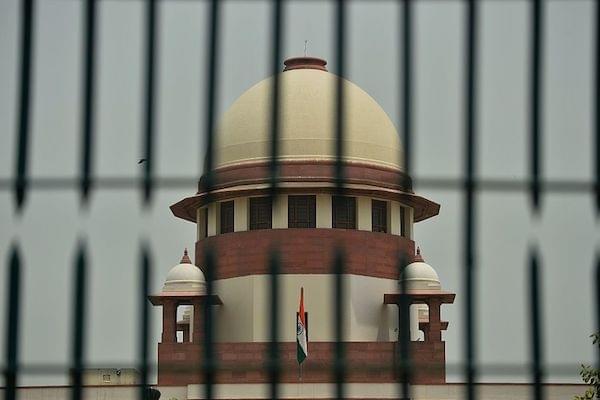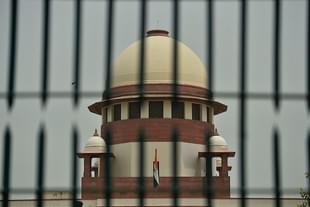Politics
How The Supreme Court Has Itself Become A Party To Delaying Justice
R Jagannathan
Aug 25, 2016, 12:54 PM | Updated 12:54 PM IST
Save & read from anywhere!
Bookmark stories for easy access on any device or the Swarajya app.


The Chief Justice of India, T.S. Thakur, has repeatedly claimed that the judiciary wants to deliver justice
faster, and this is why he wants more judges appointed quickly. But what if it
can be proved that the Supreme Court has itself been an indirect accessory to
the “crime” of delaying justice?
Brajesh Ranjan, who teaches procedural law, has held the mirror up to the Supreme Court in an article in The Times of India today (25 August).
His proof is simple. In 1999
and 2002, the NDA government under Atal Bihari Vajpayee made changes to the
Code of Civil Procedure to speed up the delivery of justice. Ranjan provides
four examples where the Supreme Court spiked these efforts by freeing courts to
use discretion and not always follow the law.
The first change, introduced in 1999, relates to reducing the number of adjournments courts can give in any trial to three. However, in a case decided by the apex court in 2005 (Salem Advocate Bar Association – II, 2005 (6) SCC 344), the court held that this restriction will not prevent courts from granting more adjournments. Little wonder, once the Supreme Court allowed this law to be breached, many courts happily did so, thus, making it easier to delay justice.
Ranjan also says that the 1999 amendments to the law disallowed courts from breaching the timeframes prescribed for any of the acts, as prescribed by the code. The Supreme Court again diluted this to say nothing should prevent courts from passing orders to procure “the ends of justice.” The idea of justice was, thus, used to undercut the idea that it must be delivered quickly.
The third law overturned in practice by Supreme Court judgments involved ensuring an outer timeline of 30 days for issuing summons to defendants. But, in 2003, the Supreme Court decided that the 30-day limit only applied to “enable” courts to issue summons. The actual issue of summons can take longer.
In 2002, the Vajpayee government made other amendments to insert timelines for the filing of written statements, limiting the time to 90 days after the issue of summons. But the Supreme Court, through another judgment, relegated this timeline to merely a directive principle, and not compulsory.
Ranjan concludes that “these illustrations are not merely fragmentary instances. Similar examples of the undoing of procedure may be found for nearly every provision in the code that contains a time limit.”
Put simply, the Supreme Court has effectively undermined the intent of the law, which was to speed up the delivery of justice.
While more judges will surely help speed up cases, to find out why delays persist, the Supreme Court only has to look in the mirror. Or its own case files. It has effectively hobbled a law intended to speed up justice.
Jagannathan is former Editorial Director, Swarajya. He tweets at @TheJaggi.




